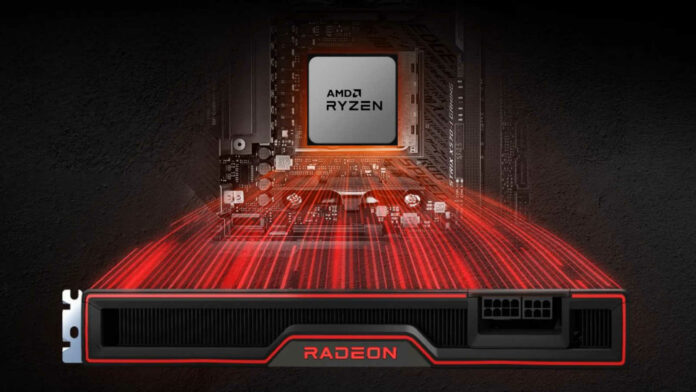Modern games look incredible, but their fidelity comes at the cost of a seemingly ever-increasing storage footprint. Developers across the space know this, including AMD. In light of our plight, Team Red claims to have a solution in the form of Neural Texture Block Compression. It’s early days for the technology, and details are admittedly thin on the ground, but it could be the saviour we’ve been waiting for.
As you’d expect from AMD, it sounds as if the company plans to make Neural Texture Block Compression open source and as cross-compatible as possible. So, everything from the best SSD to hard drives should stand to benefit. More details will be forthcoming when Team Red when it takes the stage at Eurographics Symposium on Rendering, July 2. For now though, we do have a limited understanding of how it’ll work.
As AMD describes via its GPUOpen account on X, its upcoming tech is an application of (what else?) machine learning. Using a neural network, AMD explains Neural Texture Block Compression compresses textures and reduces data sizes. Better still, it should be easy for developers to integrate into their games as it encompasses “unchanged runtime execution”.
Any efforts to reduce game sizes would be welcome. Speaking from experience, despite running a 2TB solid-state drive in my own rig, it’s surprisingly easy to fill if you predominantly play modern titles. I remember when Warzone’s footprint was the talk of the town, now the likes of Alan Wake 2 and more clock in at over 100GB.
Here’s hoping that we don’t need a shiny new NPU like those found on Ryzen AI 300 series to run Neural Texture Block Compression, given its reliance on machine learning. AMD has so far hasn’t followed in the paths of Intel or Nvidia, with both its upscaling and frame generation solutions running without the assistance of artificial intelligence. Regardless, we won’t have to wait long to find out.
